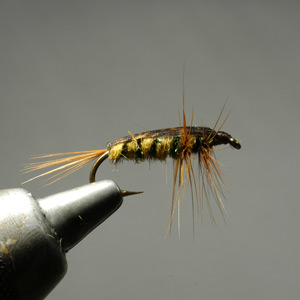 My friend Walter Babb said that most people’s favorite fly is the fly they happened to have on the first day the fishing was really good. The implication of his statement is that more often than not, it’s the archer, not the arrow. Most of the time, if your fly is presented well and the fish are feeding, it probably doesn’t matter what fly you have on. And if the fish aren’t feeding? It probably doesn’t matter what fly you have on!
My friend Walter Babb said that most people’s favorite fly is the fly they happened to have on the first day the fishing was really good. The implication of his statement is that more often than not, it’s the archer, not the arrow. Most of the time, if your fly is presented well and the fish are feeding, it probably doesn’t matter what fly you have on. And if the fish aren’t feeding? It probably doesn’t matter what fly you have on!
But since you happened to have that fly on the first day the fishing was good, you have confidence in it. Now it’s the first fly you put on and you leave it on longer. I have countless fly patterns that I abandoned because they didn’t catch fish the first time I tried them, but often that first time was after I tried everything else. Nothing was working that day!
With all of that said, I have, by far, caught more big brown trout in the Smokies on a Tellico Nymph than any other fly. But, you guessed it… the first big brown trout I caught in the Smokies was on a Tellico Nymph. I have confidence in it. And since most of the big browns I’ve taken over the years were either spotted first or caught during “favorable brown trout conditions,” I’d put a Tellico on in anticipation. So, it’s a bit deceiving. Who is to say I wouldn’t have caught those fish on a Prince Nymph had I chosen to tie one on?
Nevertheless, the Tellico Nymph is a good fly and it’s been around a long time. Its exact origins are unclear, though it was thought to have, obviously, been initially created and fished on the Tellico River in East Tennessee. It has definitely been around since the 1940’s, but some estimate that it may date back to the turn of the 20thcentury. In any case, it has to be the most well known fly from this region and it has accounted for fish all over the world.
In addition to its origin, there seems to be some confusion as to what the fly was originally supposed to imitate. Many contend that it represents a caddis larva. Others are just as certain it is supposed to be a mayfly nymph. To me, there is absolutely no doubt that it was intended to represent a golden stonefly nymph. The coloration and size are consistent with that of a golden stone, and the Tellico River has long been known for its abundance of these nymphs.
As with any popular fly that has been around for this long, there have been a number of variations on the pattern over the years. My personal favorite was devised by East Tennessee fly tyer, Rick Blackburn. I tie most in size #10.
Blackburn’s Tellico
Hook: 3XL nymph hook #12 – 6
Thread: Dark brown 6/0
Weight: .015 to .035 lead wire (depending on hook size)
Tail: Mink fibers (I often use moose as a substitute)
Rib: Gold wire and 2-3 strands of peacock herl
Wing Case: Section of turkey tail – lacquered
Body: Wapsi Stonefly Gold Life Cycle dubbing
Hackle: Brown Chinese neck hackle, palmered through thorax

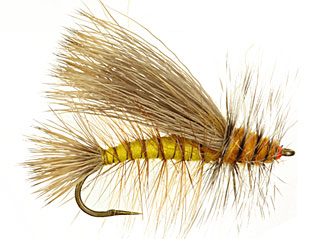
 The Stimulator was long thought to be the invention of well-known West Coast angler and fly shop owner, Randall Kaufmann. While Kaufmann is responsible for the modifications that made the fly most of us know today, the fly’s true originator is thought to be Paul Slattery, who tied a stonefly pattern called the Fluttering Stonefly to fish on the Musconetcong River in central New Jersey. This was in the early 1980’s and he soon renamed the fly after a New York City punk-rock band called The Stimulators.
The Stimulator was long thought to be the invention of well-known West Coast angler and fly shop owner, Randall Kaufmann. While Kaufmann is responsible for the modifications that made the fly most of us know today, the fly’s true originator is thought to be Paul Slattery, who tied a stonefly pattern called the Fluttering Stonefly to fish on the Musconetcong River in central New Jersey. This was in the early 1980’s and he soon renamed the fly after a New York City punk-rock band called The Stimulators.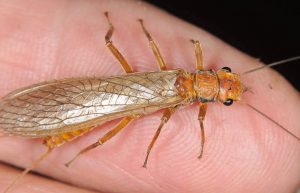


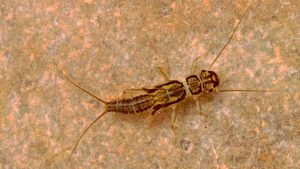

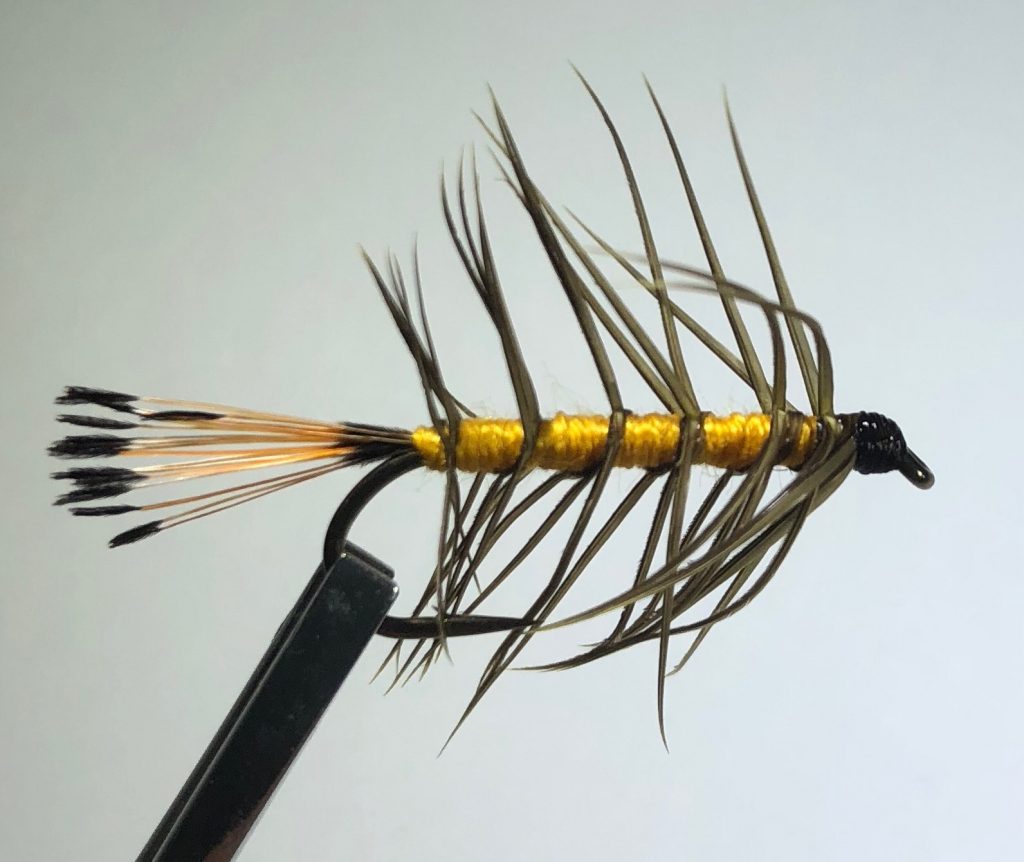 No fly holds near the lore among East Tennessee fly anglers as the Yallarhammer. It has long been known that the native brook trout that reside in Southern Appalachian mountain streams have a weakness for brightly colored flies, particularly if that bright color happens to be yellow. But before endless varieties of fly tying materials were so easily available from local fly shops, mail order catalogs, and the Internet, early fly tyers had to use feathers from local birds that they could shoot themselves.
No fly holds near the lore among East Tennessee fly anglers as the Yallarhammer. It has long been known that the native brook trout that reside in Southern Appalachian mountain streams have a weakness for brightly colored flies, particularly if that bright color happens to be yellow. But before endless varieties of fly tying materials were so easily available from local fly shops, mail order catalogs, and the Internet, early fly tyers had to use feathers from local birds that they could shoot themselves.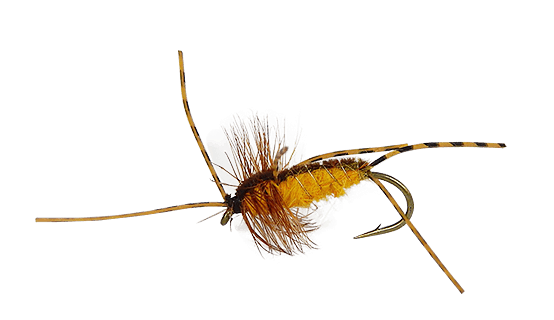 Since we’re talking about big browns this month, I thought it only fitting to feature one of my favorite flies for big brown trout. While I have caught a number of big browns on small flies over the years, most of the big guys in the mountains have come on larger stonefly nymphs. This is a little bit misleading as most of the large browns I’ve caught in the Smokies I spotted before I fished for them. And when I spot a big brown trout, I almost always tie some sort of stonefly nymph imitation to my line. Who is to say I wouldn’t have caught those same fish on a #20 Zebra Midge had I chosen that fly?
Since we’re talking about big browns this month, I thought it only fitting to feature one of my favorite flies for big brown trout. While I have caught a number of big browns on small flies over the years, most of the big guys in the mountains have come on larger stonefly nymphs. This is a little bit misleading as most of the large browns I’ve caught in the Smokies I spotted before I fished for them. And when I spot a big brown trout, I almost always tie some sort of stonefly nymph imitation to my line. Who is to say I wouldn’t have caught those same fish on a #20 Zebra Midge had I chosen that fly?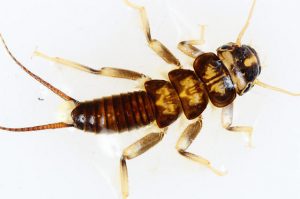
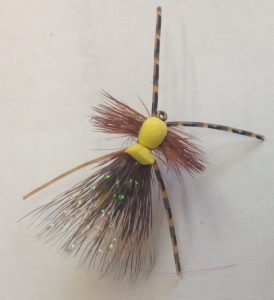 As about anyone who knows me can tell you, I’m terrible at self-promotion. The worst. So it should come as no surprise that I’ve never featured one of my own patterns in the newsletter. Usually I opt for more standard or classic patterns. But this is a good fly and it’s good this time of the year, so here you go!
As about anyone who knows me can tell you, I’m terrible at self-promotion. The worst. So it should come as no surprise that I’ve never featured one of my own patterns in the newsletter. Usually I opt for more standard or classic patterns. But this is a good fly and it’s good this time of the year, so here you go!
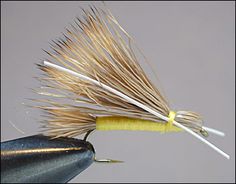 A good fly pattern is a good fly pattern. And while many good fly patterns, for one reason or another, may fall from popularity, it’s not because they stop catching fish – they just stop catching fishermen. The Madame X certainly fits that description as it had tremendous popularity twenty years ago but is rarely mentioned today.
A good fly pattern is a good fly pattern. And while many good fly patterns, for one reason or another, may fall from popularity, it’s not because they stop catching fish – they just stop catching fishermen. The Madame X certainly fits that description as it had tremendous popularity twenty years ago but is rarely mentioned today.